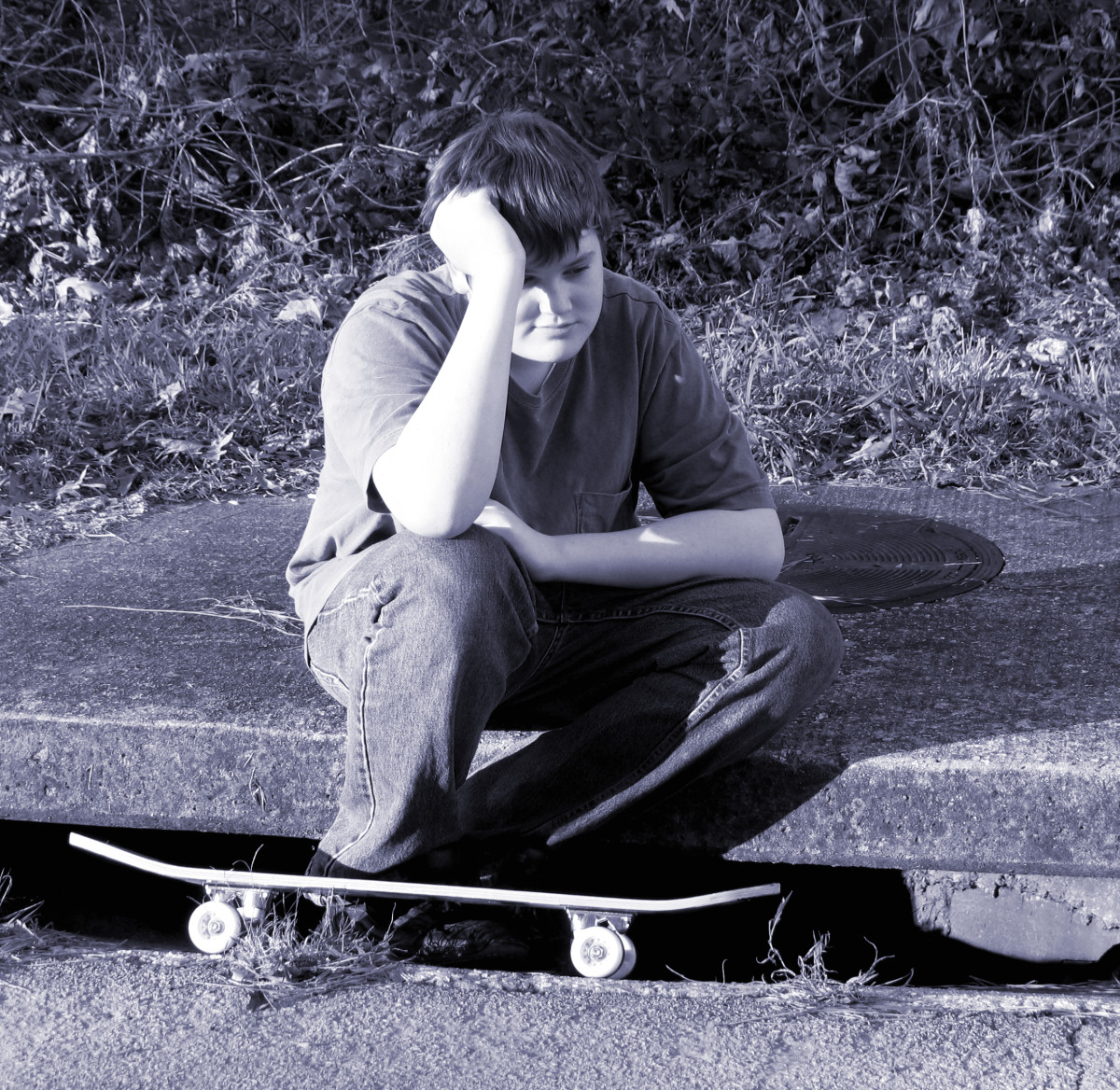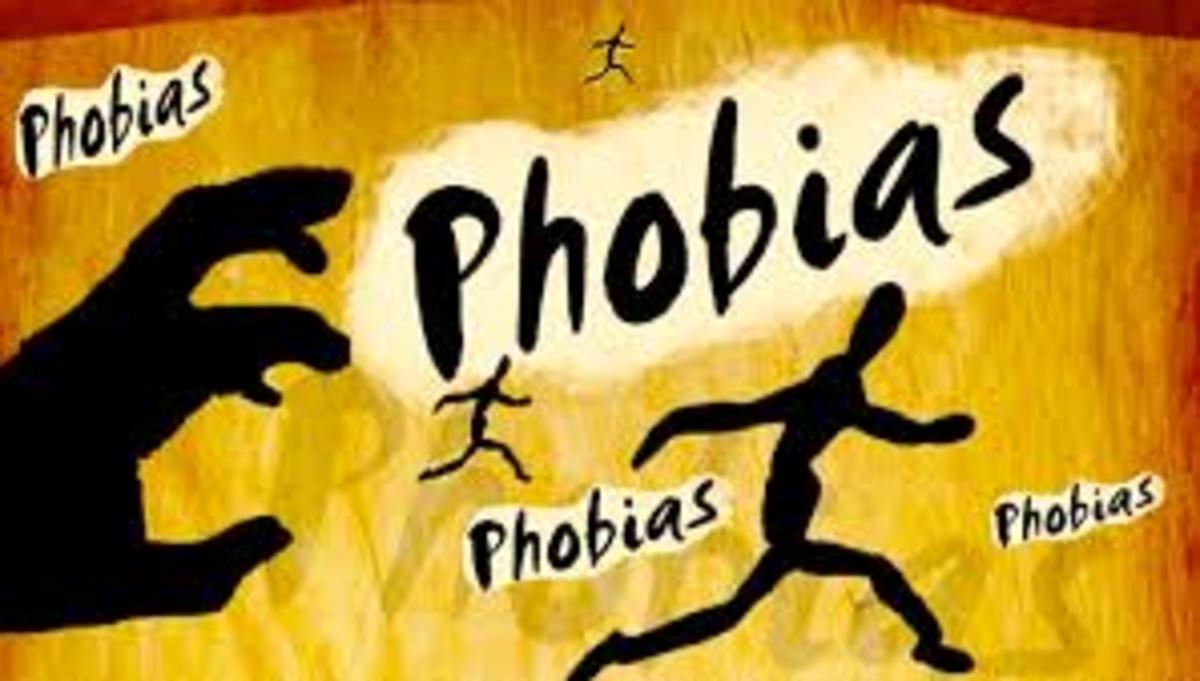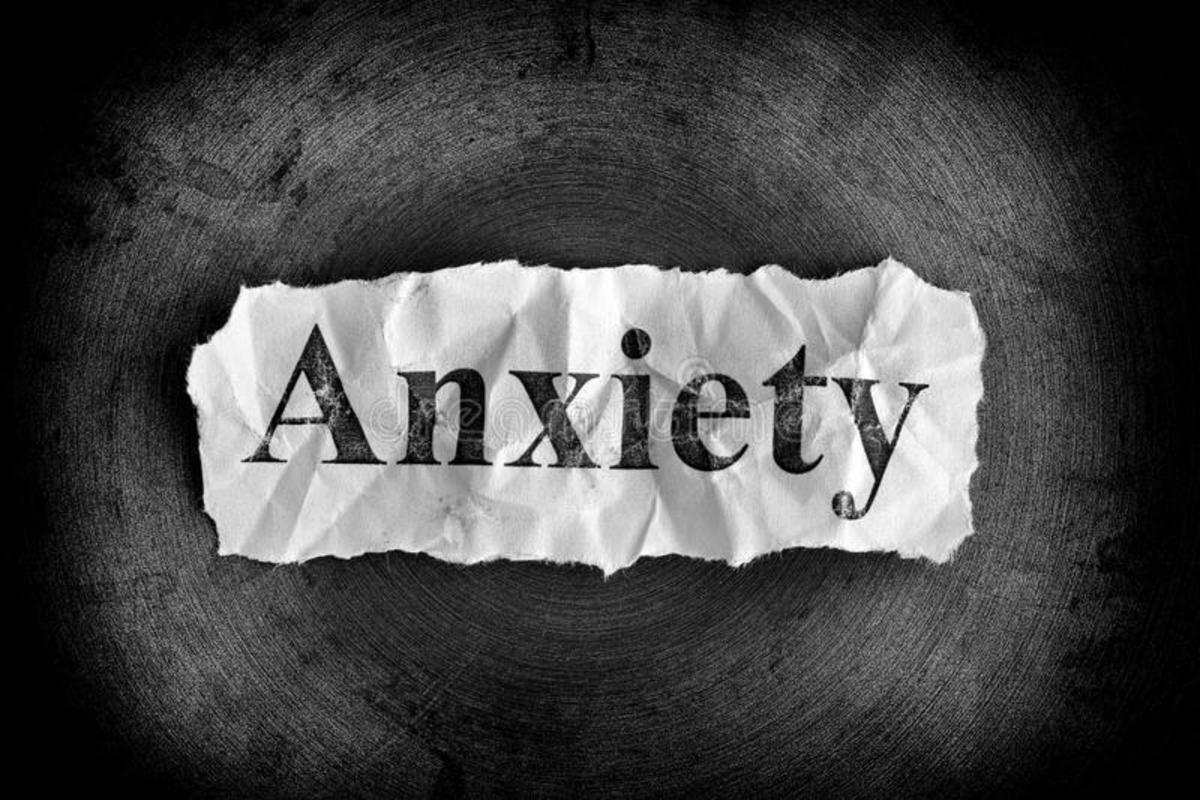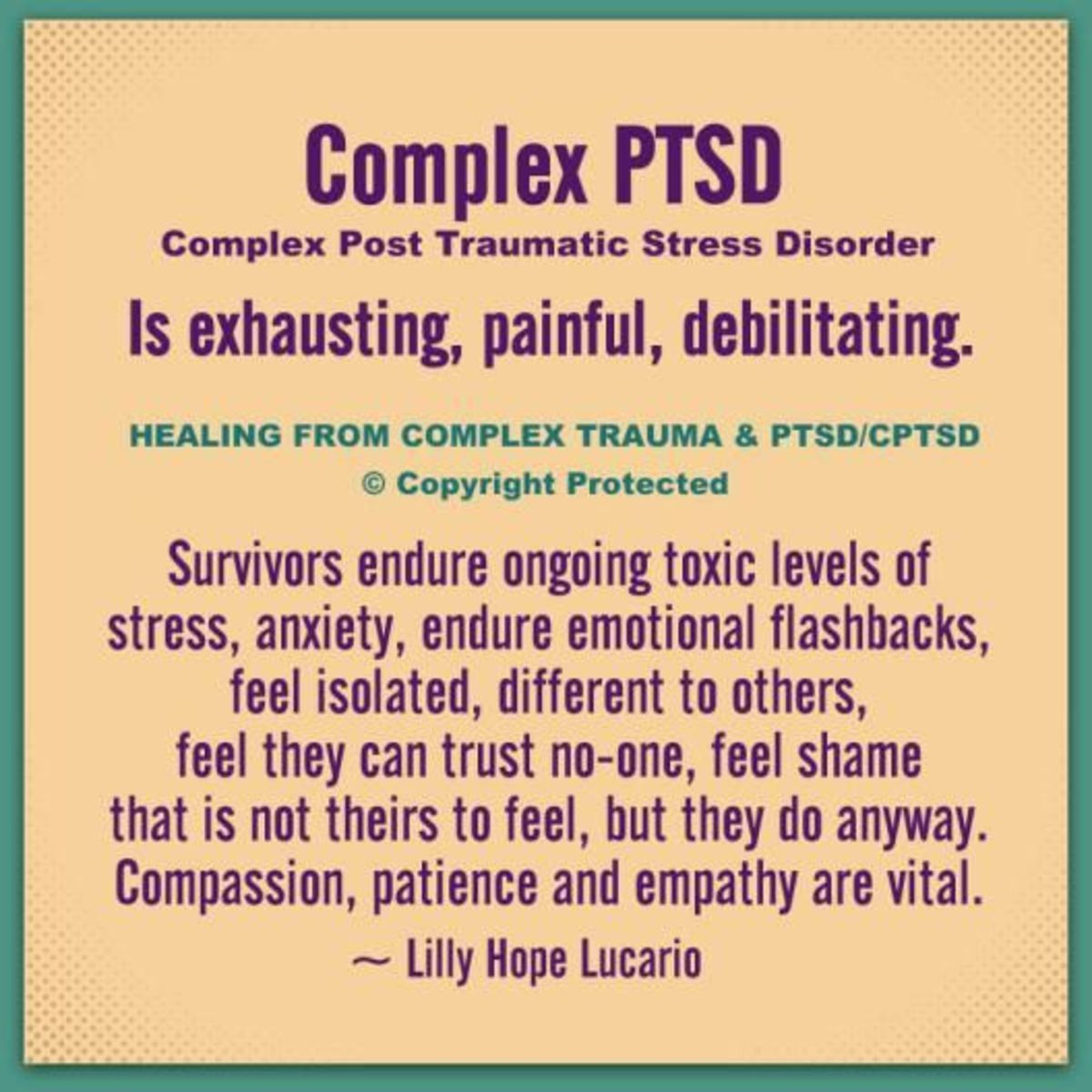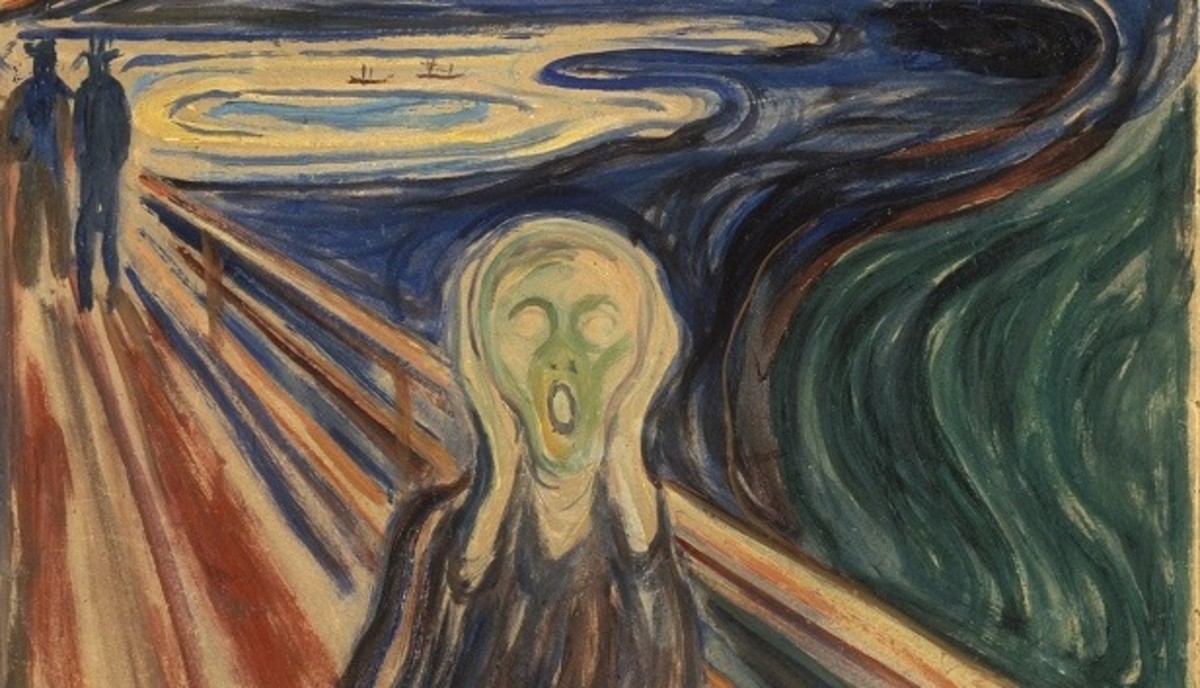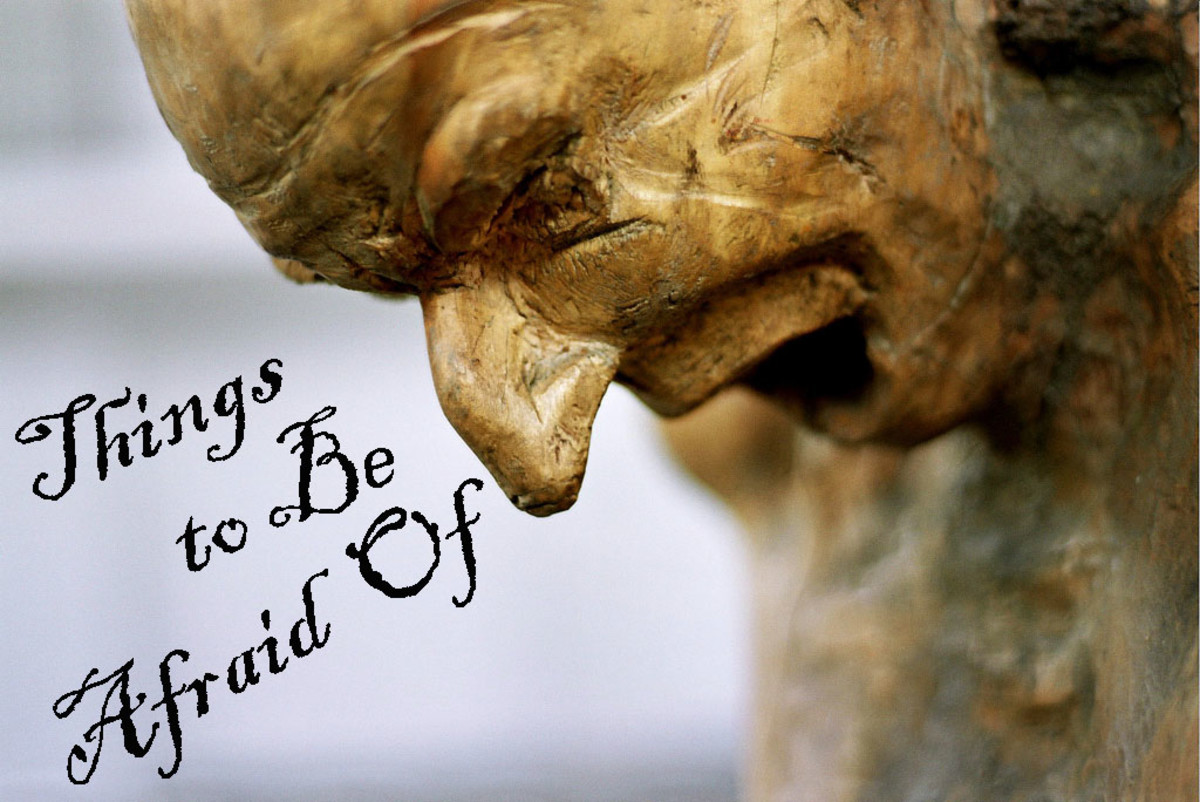Phobias and Social Anxiety Disorder
Phobias and social anxiety disorder can both cause a huge amount of suffering and prove disabling in more extreme cases. They have 2 key features in common: The individual has an irrational fear of something (the stimulus) and makes considerable effort to avoid getting into situations where that stimulus might occur. Social anxiety disorder is also known as social phobia.
Even a phobia such as arachnophobia, which doesn’t affect large portions of a person’s life, can be trying to deal with if the person afflicted expends a lot of time and energy being fearful that there might be spiders in any room they enter or feels unable to walk in areas where there is undergrowth or overhanging trees for fear of spiders.

What is a Phobia
It can be hard to differentiate between a phobia, a perfectly rational fear and a normal dislike or slight fear of something unfamiliar or occasionally dangerous. Taking spiders as an example; If you live in Australia, where there are some particularly venomous species of spider, it makes sense to have a healthy respect for them and if you’re not confident about identifying them it’s very sensible to avoid handling any spiders you come across and to check inside your shoes before you put them on to make sure there are no spiders in there. In the UK that behaviour would seem excessive, however if you were able to deal with a spider in the house by scooping it up in a tub and putting it outside, or could stay in the room with it, you wouldn’t be deemed to have a phobia.
If on finding a spider in your house you rushed out of the house and refused to enter until someone had removed it – that would be a phobic behaviour. Your pulse rate would be raised; you’d perhaps have a dry mouth, feel trembley and be sweating more. If in addition to the fear behaviour you perhaps avoided walking on grass and under trees; you would be considered to have arachnophobia – fear of spiders.
Psychiatry identifies three categories of phobia (DSM-IV,1994) :
a) Agoraphobia - Irrational anxiety about being in places, for example busy street or at worst anywhere outside of the home, for fear of something dreadful happening and not being able to get back to safety. The person will avoid the areas they are afraid of.
b) Social phobia (Social anxiety disorder) - Irrational anxiety in social situations or when required to perform or do tasks with other people present, for fear of embarrassing themselves. This leads to efforts to avoid these situations. For some individuals social phobia occurs only in very specific situations for example when having to make a presentation to a group, For other people it may occur in any situation where there is a group of people or they feel their work is being observed. People with social phobia are usually comfortable with family and trusted friends and whilst many would be described as shy, this isn't always the case. A very outgoing and sociable person may be overcome by social anxiety if required to perform on stage for example.
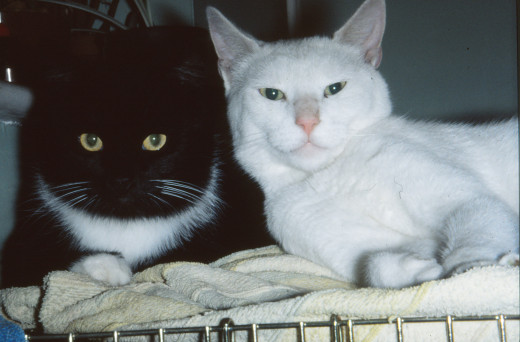
c) Specific Phobia – Persistent, irrational fear in the presence of something specific such as a species of animal or tall buildings. The person will avoid the thing or move away from it.
The NHS describes phobias of something very specific such as fear of blood or dogs as a ‘simple phobia’, whereas agoraphobia and social phobia are described as 'complex' phobias. Although both types can occur at any age, simple phobias often start in young children whereas complex phobias more often develop in teenagers or adults.
Phobias Quiz
view quiz statisticsSpecific Phobias
A word has been coined for every phobia you can imagine and some besides. Here are just a few of them.
Ailurophobia – fear of cats
Claustrophobia – fear of enclosed spaces
Haemophobia - fear of blood
Hexakosioihexekontahexaphobia- Fear of the number 666
Scriptophobia – fear of writing in public
Orniphobia – fear of birds
Trypanophobia – fear of medical needles
Pogonophobia - fear of beards
See which other phobias you know by taking the phobias quiz.
How common are Phobias?
The NHS estimates that 10 million people in the UK have a phobia of some sort (NHS.UK) which works out at 16% of the population or just over one in six of us. The Anxiety and Depression association of America estimates that 40 million people in America have an anxiety disorder of some sort (this covers a broader spectrum of disorders but includes phobias and social anxiety disorder). This works out at 12% of the population. Both the USA and UK figures are estimated because it is suspected that many people never seek help for their condition, but it is safe to say that there are a lot of people with a phobia of some sort.

Treatment for Specific Phobias
Treatments for a specific phobia include cognitive behaviour therapy (CBT), hypnotherapy and acupuncture. Some people seek help via their doctor whilst others select a treatment which they feel is most suitable for them and pay privately. You are very unlikely to be offered medication as a treatment for a specific phobia.
Hypnotherapy might be successful over only one or two sessions, but tends to be less well recognised by the medical profession so is something you would have to seek out yourself. A doctor would be more likely to recommend CBT which would usually take 4-12 sessions. It would aim to have the individual talk through their response to the stimulus and what they imagine might happen to them if they go near it. The therapist would help the person understand what was happening in their mind and work on ways to reduce the feelings of fear. Then they would begin a program of gradual desensitisation. For example, if a person was afraid of birds they might first be encouraged to look at bird pictures, handle a feather, then be in the same room as a caged bird and finally perhaps handle a pet bird. In some cases it is possible to work through a phobia using the desensitisation technique on your own or with the help of a sympathetic friend.
Social Phobia and Therapy
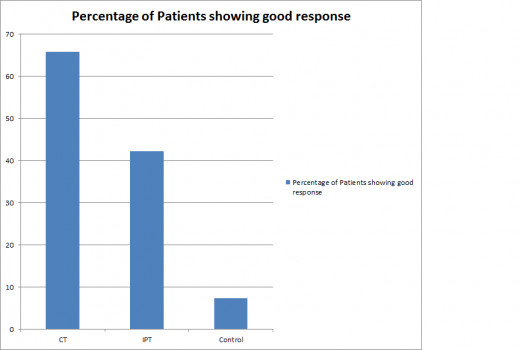

Treatment for Complex Phobias
The complex phobias – agoraphobia and social phobia (social anxiety disorder) are more difficult to treat. There are some good self help books out there for people who want to make a start tackling their own phobia, but don't be disheartened if you find you need professional help and need to consult a doctor. Part of the treatment may involve an anxiety reducing medication such as Seroxat especially if the individual also suffers from depression which is fairly common alongside these phobias, but the focus is likely to be on therapy. In a randomised controlled trial comparing cognitive therapy, interpersonal psychotherapy and a control group who received an assessment but no therapy, cognitive therapy proved effective for more patients than interpersonal therapy which was effective for more patients than no therapy. (Stangier, Schramm et al ‘General Phsychiatry’ July 2011)
Although the same trial hasn't been carried out for agoraphobia therapy, perhaps combined with medication, can be an effective way of treating it.
The crucial message is that whether you have a simple or complex phobia there is a good chance that it can be treated successfully. Self help books are a good place to start. However, if having practiced the techniques recommended in a book you don't manage to overcome your fears on your own, acknowledge that you haven't failed, but that it is time to seek professional help.

